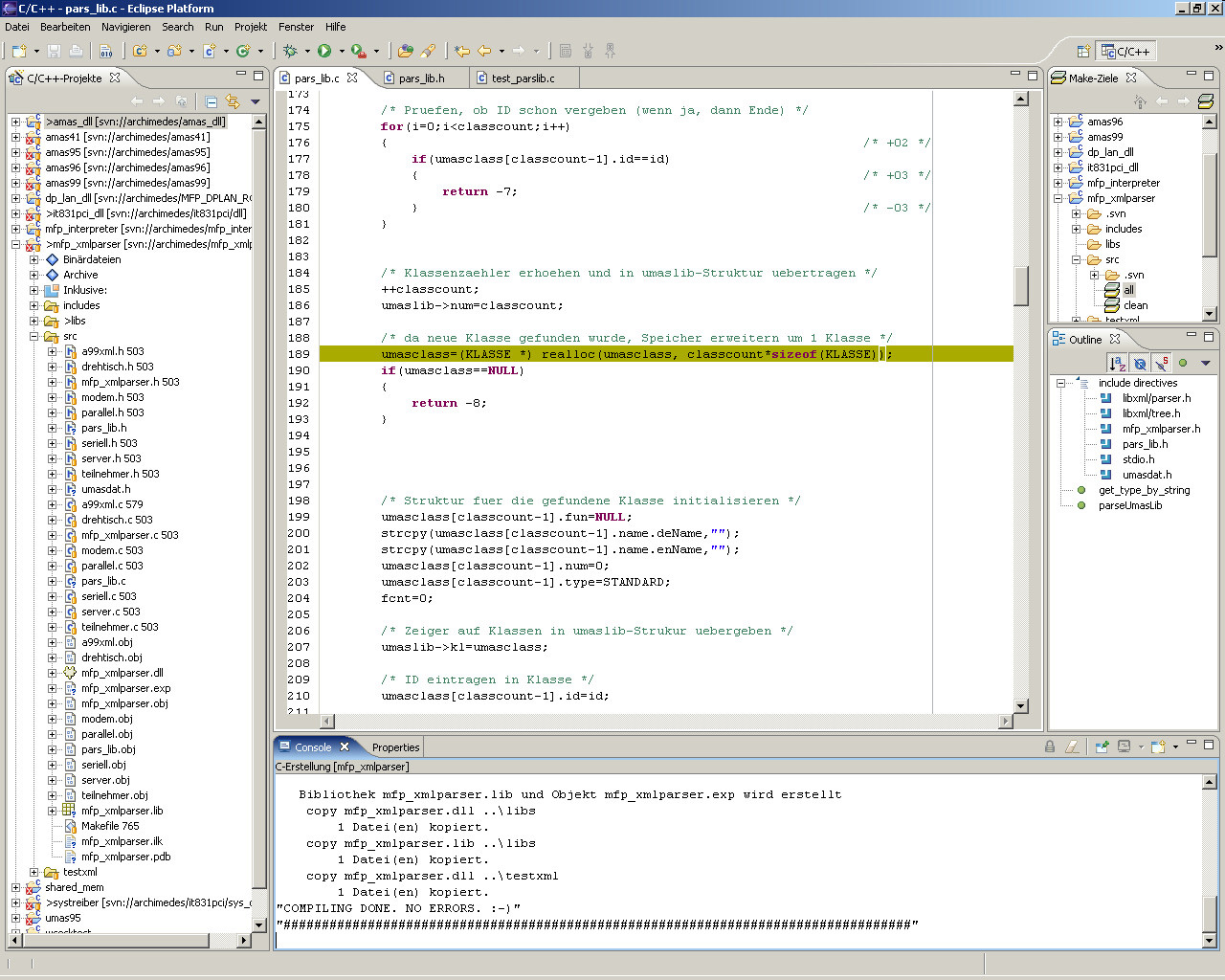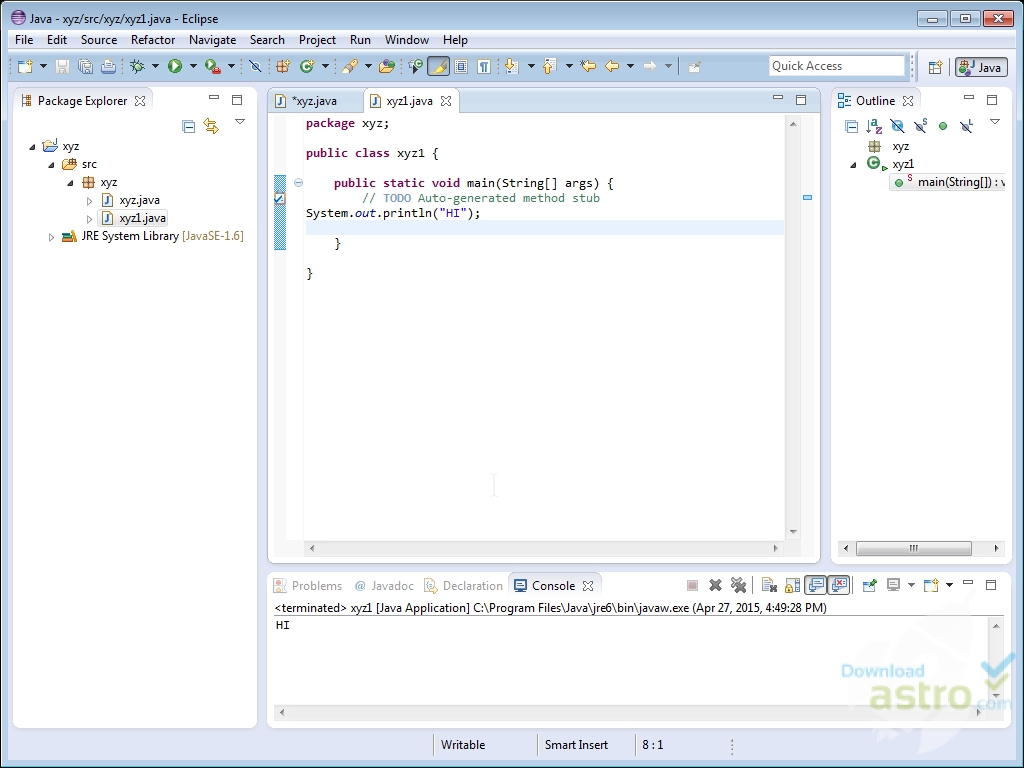
You are welcome to install the latest version of Eclipse on your home system, no matter what is installed on the lab computers. See for installation instructions from Eclipse and for general Eclipse help. To download Java 7, go to the following URL:ĭownload the latest "Java SE Development Kit" (JDK) for your operating system. To download Java 8, go to the following URL:ĭownload the latest Java 8 JDK (not JRE) for your operating system. The JRE is required to run Java code, and is automatically included in the JDK which is required to write and compile Java code. Either way, make sure you download the Java Developer Kit (JDK) and not the Java Runtime Environment (JRE). Check which version your course expects you to use. See the Preference tutorial page for more details.Java is in process of transitioning from Java 7 to Java 8.

You can change this preference using the Workspaces Preference Page. If you select "Use this as the default and do not ask again", this dialog box will not come up again. You can accept the default or choose a new location. All your data will be stored in the workspace folder.

When eclipse starts up for the first time it prompts you for the location of the workspace folder. On the windows platform, if you extracted the contents of the zip file to c:\, then you can start eclipse by using c:\eclipse\eclipse.exe Using any one of these tools, extract the contents of the eclipse zip file to any folder of your choice.

To install on windows, you need a tool that can extract the contents of a zip file. You can choose between Windows, Linux and Mac. The drop down box in the right corner of the download page allows you to set the operating system on which eclipse is to be installed. Java developers typically use Eclipse Classic or Eclipse IDE for developing Java applications. The capabilities of each packaging of eclipse are different. The download page lists a number of flavors of eclipse.


 0 kommentar(er)
0 kommentar(er)
